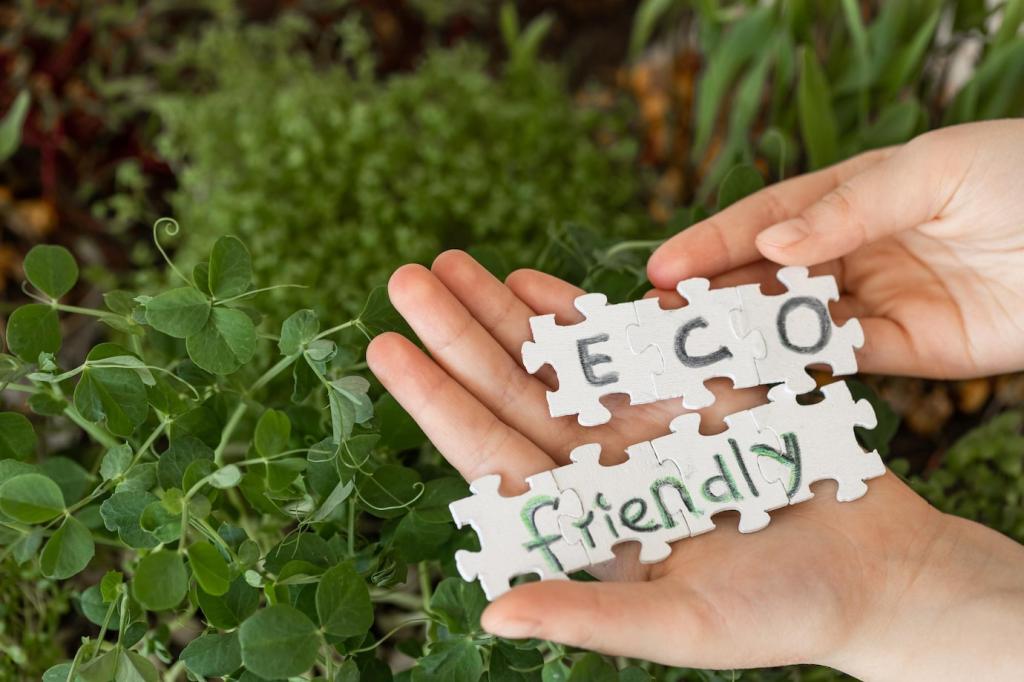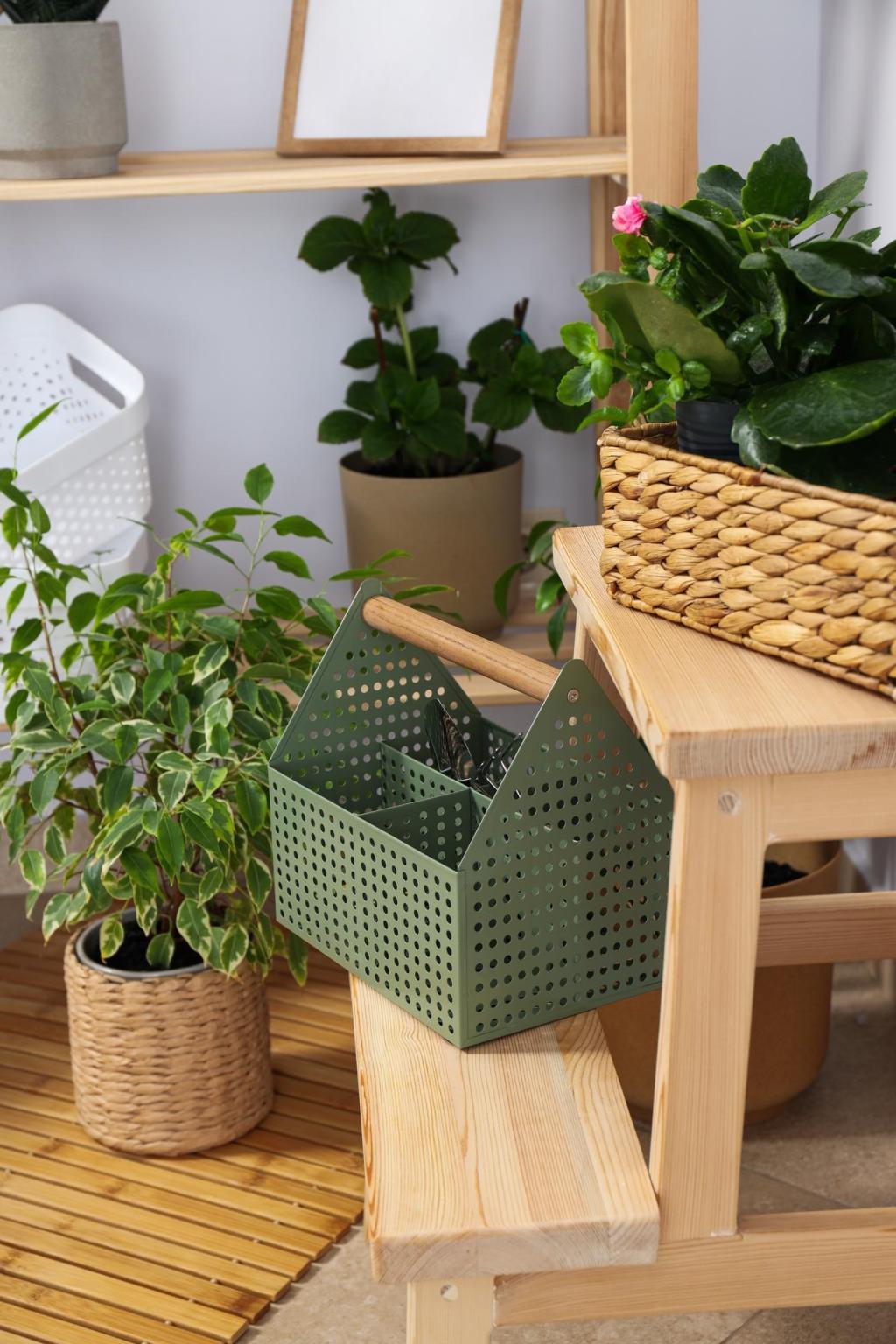
Natural Stone Options for Green Homes
Chosen theme: Natural Stone Options for Green Homes. Discover how granite, limestone, slate, and more can elevate performance, reduce environmental impact, and add timeless character. Explore sourcing, design, and maintenance strategies—and join the conversation by commenting with questions, experiences, or photos from your own sustainable projects.
Why Natural Stone Belongs in Green Homes
Because it is quarried rather than heavily manufactured, natural stone often carries a lower embodied energy than many highly processed alternatives. Its long service life reduces replacement cycles, spreading environmental impacts over decades. Tell us which materials you are comparing, and we will help you weigh lifespan and footprint.


Why Natural Stone Belongs in Green Homes
Stone stores heat during the day and releases it slowly as temperatures drop, smoothing indoor fluctuations. In one mountain home we visited, a sunlit slate floor reduced heating demand on bright winter days. Considering passive strategies? Ask about placement and shading to maximize comfort without mechanical complexity.
Choosing the Right Stone Type
Dense and hard, granite and basalt resist scratching and high traffic, making them excellent for floors, entries, and hardworking countertops. Darker stones can double as thermal batteries in sunny zones. Considering a family mudroom or cook’s kitchen? Ask how finishes and textures influence traction and cleaning.
Choosing the Right Stone Type
With softer edges and warmer tones, limestone and travertine create calm, tactile spaces. They are porous, so breathable sealers and careful placement matter, especially in wet areas. If you love their softness, tell us about your lighting and usage patterns so we can recommend densities and finishes that hold up.


Sourcing Stone Responsibly
Local Quarries and Lower Transport Impacts
Shorter shipping distances typically mean a smaller carbon footprint and tighter quality control. Local stone often resonates with local landscapes, grounding a home in its setting. Share your city or climate zone, and we will point you toward regional quarries and look-alike alternatives when budget or availability is tight.
Certifications and Transparent Practices
Look for suppliers engaged with the Natural Stone Sustainability Standard (ANSI/NSC 373), documented chain-of-custody, and robust environmental management systems. Ask about water recycling, energy use, and worker safety. Post the spec sheets you’ve received, and we’ll help interpret them, highlighting meaningful indicators instead of marketing fluff.
Reclaimed and Salvaged Stone Stories
Reclaimed curbs, cobbles, and pavers carry history with virtually no new quarry impacts. One couple used salvaged limestone steps from a retired library, saving money and preserving character. Thinking reclaimed? Tell us your project timeline and quantities so we can share sourcing tips and compatibility checks for structure and code.

Design Strategies for Energy Efficiency
Situate stone floors or feature walls where winter sun can reach them, then shade those same surfaces in summer. A compact entry hall with dark slate can buffer daily temperature swings. Share window orientations, and we’ll help align stone areas with predictable seasonal sun paths for steady comfort.
Installation and Finishes with a Green Lens
Prefer water-borne, penetrating sealers with documented low VOC content and third-party certifications when available. Match chemistry to stone type to avoid staining or haze. Considering radiant floors or steam showers? Ask us about adhesives and grouts that balance flexibility, longevity, and healthy indoor air performance.

Installation and Finishes with a Green Lens
Thin veneer reduces structural loads and material use, often lowering emissions and cost. Full-depth units offer mass and robust weathering for specific conditions. Share your wall assembly and seismic zone, and we’ll help determine when veneer suffices and when heavier stone earns its keep.

Clean with pH-Neutral Products
Avoid acidic cleaners, vinegar, or citrus on calcitic stones like limestone and travertine. Choose pH-neutral products and microfiber tools to lift dirt without etching. Tell us about your household routines, and we’ll suggest simple schedules that keep surfaces healthy and reduce unnecessary resealing.

Repair, Repolish, Rejoice
Many scratches, etches, and dull spots can be resurfaced rather than replaced, preserving material and cost. A homeowner once revived a battered marble vanity with professional honing, delaying replacement for years. Describe your surface issues, and we’ll help decide between DIY fixes and specialist restoration.

Plan for Reuse and End-of-Life
Design with reversible assemblies—mechanical anchors, screwed thresholds, dry-laid pavers—so pieces can be salvaged later. If reuse isn’t possible, stone can be crushed for aggregate or landscape fill. Tell us your deconstruction plan, and we’ll map ways to keep valuable material in circulation.
